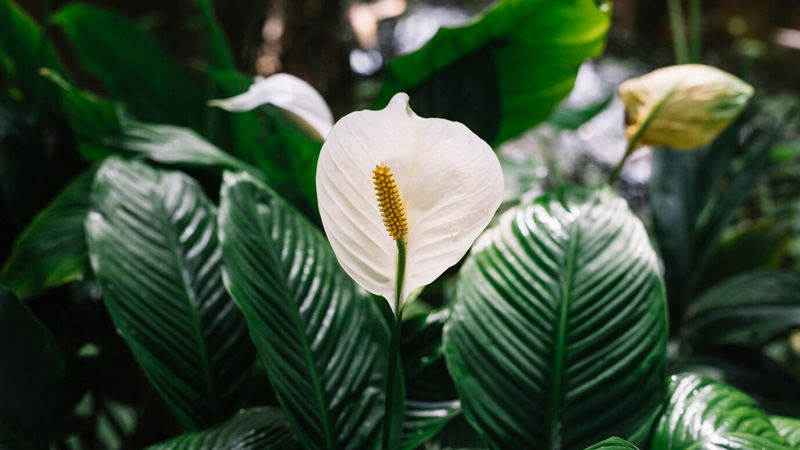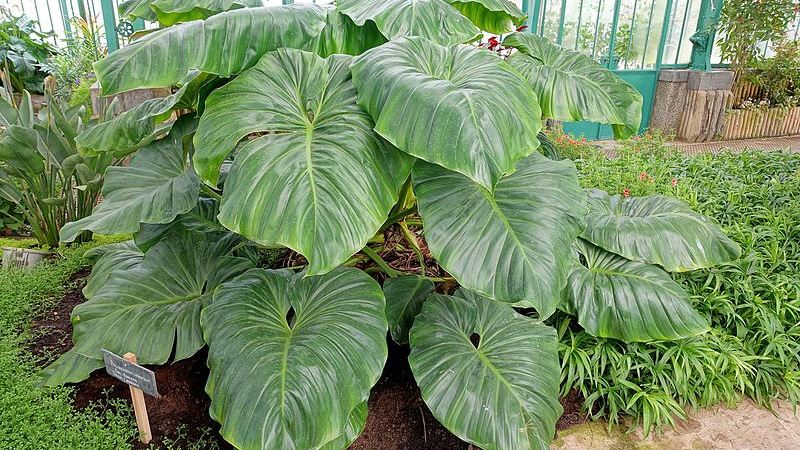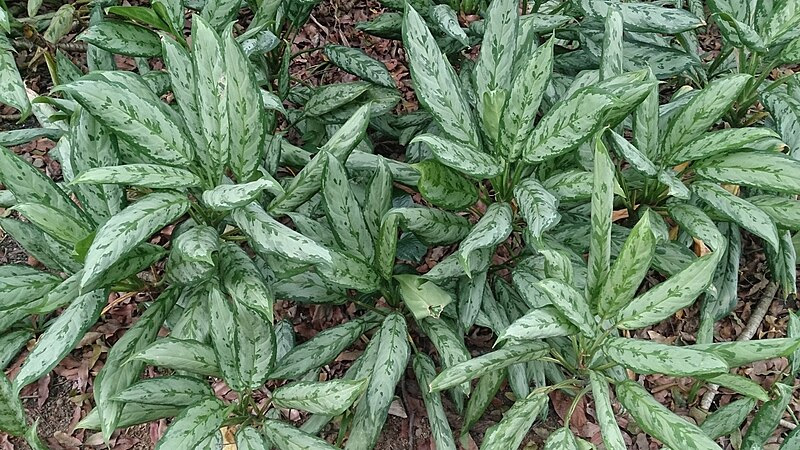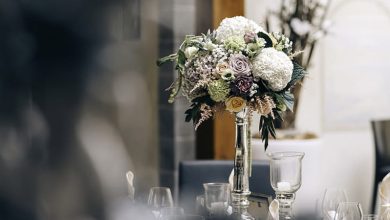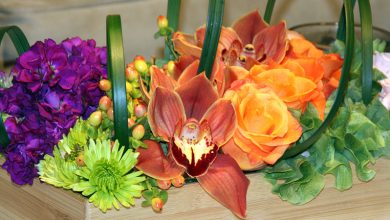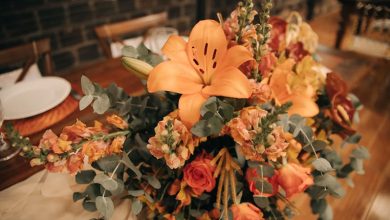Top 10 Indoor Plants That Need Zero Sunlight
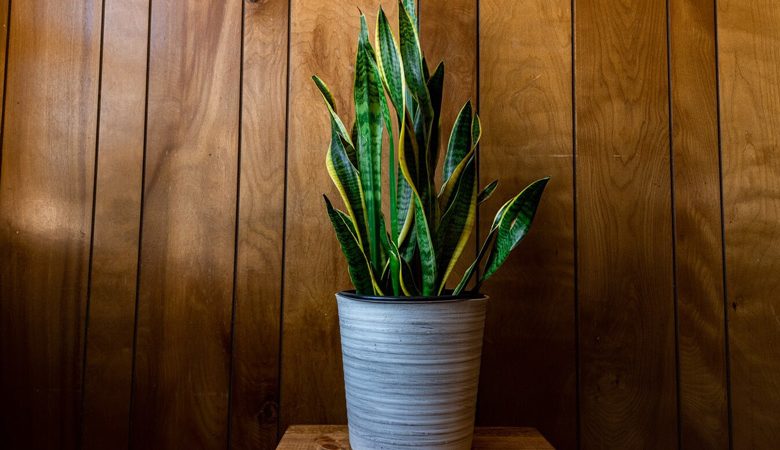
Plants That Need Zero Sunlight are the unsung heroes of indoor gardening, bringing lush greenery to even the darkest corners of your home. These remarkable plants thrive in environments with little to no natural light, making them perfect for offices, bathrooms, or any space that lacks windows.
From the ethereal beauty of the snake plant, known for its sword-like leaves that seem to defy gravity, to the delicate, cascading tendrils of the pothos vine, these low-light wonders not only survive but flourish where others would wither.
The ZZ plant, with its glossy, deep green leaves, and the striking peace lily, with its pure white blossoms, are also champions of shade, purifying the air and adding a touch of nature’s elegance to any room. Whether you’re an experienced gardener or a novice plant parent, incorporating “Plants That Need Zero Sunlight” into your home décor is a simple way to create a serene and vibrant atmosphere without the need for constant sunlight.
Read More: List Of The Best Indoor Air Purifying Plants
How do indoor plants survive without sunlight?
Indoor plants that survive without direct sunlight have adapted to low-light conditions through several unique mechanisms. Here’s how they manage to thrive:
1. Low Light Adaptation
- Shade Tolerance: Many of these plants originate from forest floors or shaded environments where sunlight is naturally limited. They have evolved to efficiently use whatever light is available, even if it’s minimal or indirect.
- Chlorophyll Efficiency: These plants often contain higher levels of chlorophyll, particularly chlorophyll b, which is more efficient at capturing low-intensity light. This allows them to perform photosynthesis even with limited light.
2. Slow Growth
- Energy Conservation: Plants that live in low light typically grow more slowly than those in brighter environments. This slow growth rate reduces their overall energy requirements, allowing them to sustain themselves with less light.
3. Alternative Light Sources
- Artificial Lighting: While these plants don’t need direct sunlight, they can still photosynthesize using artificial light sources, such as fluorescent or LED lights. These lights provide the wavelengths necessary for photosynthesis, allowing plants to produce energy and grow indoors.
4. Water and Nutrient Efficiency
- Reduced Water Loss: Many low-light plants have adaptations like waxy leaves or reduced leaf size to minimize water loss. This adaptation is crucial in environments where light is scarce, as the plant doesn’t need to photosynthesize as much, thus conserving its resources.
- Efficient Nutrient Use: These plants are often very efficient in using the available nutrients, making the most of what’s in the soil, which supports their growth even under less-than-ideal conditions.
5. CAM Photosynthesis
- Crassulacean Acid Metabolism (CAM): Some low-light plants use a special form of photosynthesis called CAM, where they open their stomata at night to reduce water loss and store carbon dioxide, which they use during the day for photosynthesis. This adaptation allows them to survive in environments where both light and water are limited.
Read More: The Best Air Purifying House Plants Safe For Dogs
Through these mechanisms, indoor plants that need zero sunlight can not only survive but also thrive, adding greenery and life to spaces where sunlight is scarce.

Top 10 Indoor Plants That Need Zero Sunlight
Here are the top 10 indoor plants that need zero sunlight, perfect for adding greenery to low-light areas:
1. Snake Plant (Sansevieria)
- Description: Known for its tall, sturdy, sword-like leaves, the snake plant is extremely low-maintenance and can thrive in low-light conditions.
- Benefits: Excellent air purifier and highly resilient.
2. ZZ Plant (Zamioculcas zamiifolia)
- Description: With its waxy, glossy leaves, the ZZ plant is a popular choice for low-light environments. It can tolerate long periods of neglect.
- Benefits: Purifies air by removing toxins and requires very little water.
3. Cast Iron Plant (Aspidistra elatior)
- Description: Aptly named for its tough, resilient nature, the cast iron plant features long, dark green leaves that can tolerate low light and minimal care.
- Benefits: Almost indestructible, making it great for beginners.
4. Pothos (Epipremnum aureum)
- Description: Pothos is a versatile vine that can grow in various light conditions, including very low light. It’s known for its heart-shaped leaves.
- Benefits: Excellent for indoor air purification and easy to propagate.
Read More: Top 10 flower decoration for anniversary at home
5. Peace Lily (Spathiphyllum)
- Description: The peace lily is known for its striking white flowers and glossy green leaves. It thrives in low light and even produces blooms in such conditions.
- Benefits: Filters toxins from the air and adds a touch of elegance to any space.
6. Philodendron
- Description: This plant has heart-shaped leaves and can adapt well to low-light conditions. It’s a fast grower and can be trained to climb or trail.
- Benefits: Helps purify the air and is easy to care for.
7. Chinese Evergreen (Aglaonema)
- Description: The Chinese evergreen is known for its variegated leaves and can thrive in low light and even under artificial lighting.
- Benefits: Tolerant of low humidity and poor lighting, making it a versatile indoor plant.
8. Spider Plant (Chlorophytum comosum)
- Description: Spider plants are hardy and can adapt to various light conditions, including low light. They’re known for their arching, spiky leaves and small white flowers.
- Benefits: They remove toxins like formaldehyde and carbon monoxide from the air.
9. Parlor Palm (Chamaedorea elegans)
- Description: This small palm is perfect for low-light conditions, adding a tropical touch to any room. It’s slow-growing and requires minimal care.
- Benefits: Improves indoor air quality and adds a lush, green ambiance.
10. Dracaena (Dracaena spp.)
- Description: Dracaenas are known for their striking, sword-like leaves and can thrive in low-light areas, although they do best with some indirect light.
- Benefits: Great for removing indoor air pollutants and easy to care for.
These plants are ideal for anyone looking to bring life to dimly lit spaces, requiring minimal care while offering maximum aesthetic and health benefits.
 Small indoor plants that need zero sunlight
Small indoor plants that need zero sunlight
Here are some small indoor plants that need zero sunlight, perfect for tight spaces or low-light areas:
1. Peperomia
- Description: Peperomia plants are small and compact, with thick, fleshy leaves that come in various shapes and colors. They thrive in low-light environments and are easy to care for.
- Size: Typically grows up to 12 inches tall.
2. Lucky Bamboo (Dracaena sanderiana)
- Description: Despite its name, lucky bamboo is not true bamboo. It’s a small plant that can thrive in low light and even in water alone, making it a popular choice for desks or shelves.
- Size: Grows up to 2-3 feet, but can be kept shorter by trimming.
3. Fittonia (Nerve Plant)
- Description: Known for its striking, veined leaves, the nerve plant adds a pop of color to any space. It does well in low light and prefers a humid environment, making it ideal for bathrooms.
- Size: Stays small, usually around 3-6 inches tall.
4. Chinese Evergreen (Aglaonema)
- Description: While some varieties can grow larger, there are compact versions of Chinese evergreen that are perfect for small spaces. They are very tolerant of low light and require minimal care.
- Size: Can be kept small, around 12-18 inches tall.
5. Bird’s Nest Fern (Asplenium nidus)
- Description: This fern has a unique, wavy leaf pattern that gives it a distinctive look. It does well in low-light conditions and adds a touch of greenery to small spaces.
- Size: Typically grows up to 2 feet in width and height, but can be kept smaller.
6. Parlor Palm (Chamaedorea elegans)
- Description: A small, slow-growing palm that thrives in low light. It adds a touch of tropical flair to any room and is easy to care for.
- Size: Can grow up to 4 feet, but typically stays around 2 feet indoors.
7. Pothos (Epipremnum aureum)
- Description: Pothos is a versatile, vining plant that can be trained to stay compact or allowed to trail. It does well in low light and is extremely easy to propagate.
- Size: Can be kept small by pruning, typically around 6-10 inches tall in a small pot.
8. ZZ Plant (Zamioculcas zamiifolia)
- Description: The ZZ plant has thick, waxy leaves and can tolerate low light and neglect. While it can grow larger, it stays compact for a long time, making it suitable for small spaces.
- Size: Grows slowly, often staying under 12-18 inches tall in smaller pots.
9. Spider Plant (Chlorophytum comosum)
- Description: Spider plants are compact and can be kept small by trimming their offshoots. They thrive in low light and are known for their air-purifying abilities.
- Size: Typically grows to about 12 inches tall and wide.
10. Baby Rubber Plant (Peperomia obtusifolia)
- Description: A small, compact plant with thick, glossy leaves that do well in low light. It’s easy to care for and adds a touch of green to small spaces.
- Size: Grows up to 12 inches tall.
These small indoor plants are perfect for adding greenery to any space, even those with very little natural light.
 Large indoor plants that need zero sunlight
Large indoor plants that need zero sunlight
Here are some large indoor plants that can thrive in low-light conditions, making them perfect for spaces with little to no natural sunlight:
1. ZZ Plant (Zamioculcas zamiifolia)
- Description: Known for its shiny, dark green leaves, the ZZ plant can grow quite large under the right conditions, even in low light. It’s extremely low-maintenance and can reach impressive heights over time.
- Size: Can grow up to 3-4 feet tall.
2. Snake Plant (Sansevieria trifasciata)
- Description: The snake plant is a classic low-light indoor plant with tall, upright leaves. It can grow tall and wide, making it a great statement piece in any room.
- Size: Can grow up to 3-4 feet tall, sometimes even taller with proper care.
3. Cast Iron Plant (Aspidistra elatior)
- Description: True to its name, the cast iron plant is incredibly tough and can survive in very low light. It has broad, dark green leaves and can grow into a substantial size.
- Size: Typically grows up to 2-3 feet tall and wide.
4. Philodendron
- Description: Many varieties of philodendron, like the heartleaf philodendron, can grow quite large. They can climb or trail, making them versatile for different display options.
- Size: Can grow to 6 feet or more when supported, with leaves reaching substantial sizes.
5. Dracaena
- Description: Dracaena species, such as Dracaena marginata and Dracaena fragrans, are known for their slender, upright growth and can reach significant heights indoors, even in low light.
- Size: Can grow up to 6-10 feet tall, depending on the variety and care.
6. Peace Lily (Spathiphyllum)
- Description: While typically considered a medium-sized plant, the peace lily can grow quite large under the right conditions, especially when placed in a larger pot. It’s known for its beautiful white blooms and deep green foliage.
- Size: Can grow up to 4 feet tall and wide.
7. Rubber Plant (Ficus elastica)
- Description: The rubber plant is a hardy indoor plant that can grow large in low light. Its broad, glossy leaves add a tropical feel to any room.
- Size: Can grow up to 8-10 feet tall indoors with proper care.
8. Parlor Palm (Chamaedorea elegans)
- Description: This palm is ideal for low-light conditions and can grow quite large indoors, bringing a touch of the tropics into your home.
- Size: Can grow up to 6-8 feet tall.
9. Chinese Evergreen (Aglaonema)
- Description: While some varieties of Chinese evergreen stay small, others can grow quite large, with broad, variegated leaves that make a bold statement in low-light areas.
- Size: Can grow up to 3 feet tall and wide.
10. Kentia Palm (Howea forsteriana)
- Description: The Kentia palm is a slow-growing, elegant plant that can reach impressive heights in low light. Its arching fronds add a graceful, tropical touch to indoor spaces.
- Size: Can grow up to 10 feet tall indoors over time.
These large indoor plants are perfect for adding a dramatic, natural element to your home or office, even in areas where sunlight is scarce.
 Advantages of Indoor Plants That Need Zero Sunlight
Advantages of Indoor Plants That Need Zero Sunlight
Advantages of Indoor Plants That Need Zero Sunlight:
1. Versatility in Placement
- These plants can be placed in any part of your home or office, including windowless rooms, bathrooms, or areas with minimal natural light, providing flexibility in interior design.
2. Low Maintenance
- Plants that need zero sunlight generally require less frequent watering and are often more resilient to neglect, making them ideal for busy individuals or those new to plant care.
3. Air Purification
- Many of these plants are effective at filtering indoor air, removing toxins like formaldehyde, benzene, and carbon monoxide, which improves overall air quality and creates a healthier living environment.
4. Stress Reduction
- Having greenery indoors is known to reduce stress, enhance mood, and improve concentration. Low-light plants make it easy to reap these benefits even in spaces where sunlight is limited.
5. Aesthetic Enhancement
- These plants add a touch of nature and beauty to any interior space, creating a calming and inviting atmosphere without the need for constant sunlight or complex care routines.
6. Cost Efficiency
- Because they require minimal light and maintenance, these plants are generally more cost-effective to keep. They don’t need expensive grow lights or specialized care, making them a budget-friendly option for indoor gardening.
7. Environmental Adaptation
- Indoor plants that thrive in low-light conditions are well-suited to modern living spaces, which often lack abundant natural light. They adapt well to artificial lighting, making them perfect for urban environments.
8. Longevity
- Due to their slow growth and efficient resource use, these plants tend to have a long lifespan, allowing you to enjoy their beauty for years with minimal upkeep.
Incorporating “Indoor Plants That Need Zero Sunlight” into your space not only enhances the aesthetic and environmental quality of your home but also offers a practical and sustainable way to enjoy the benefits of indoor greenery.
 Disadvantages of Indoor Plants That Need Zero Sunlight
Disadvantages of Indoor Plants That Need Zero Sunlight
1. Slow Growth Rate
- Many plants that thrive in low-light conditions grow more slowly than those in brighter environments. This can be frustrating for those looking to see quick changes or who want their plants to fill out space rapidly.
2. Limited Variety
- The selection of plants that can truly thrive without any direct sunlight is somewhat limited. While there are several popular options, your choices may be narrower compared to plants that require more light.
3. Potential for Leggy Growth
- In low-light conditions, some plants may develop “leggy” growth, where they stretch out in search of light. This can result in a less aesthetically pleasing appearance with sparse leaves and long, thin stems.
4. Susceptibility to Overwatering
- Since these plants require less sunlight, they also use less water. This makes them more susceptible to overwatering, which can lead to root rot and other health issues if not managed properly.
5. Reduced Flowering
- Many low-light plants are less likely to produce flowers, or if they do, the blooms may be less vibrant or fewer in number. This can be disappointing if you’re hoping for flowering houseplants.
6. Dependence on Artificial Light
- While these plants can survive without sunlight, they often still require some form of artificial light to perform photosynthesis. This can be a disadvantage in areas where even artificial light is minimal.
7. Less Vigorous Growth
- Plants that thrive in low-light conditions tend to be less vigorous overall, meaning they may not grow as robustly or require more careful attention to soil quality and other factors to stay healthy.
8. Higher Risk of Pests
- Low-light, high-humidity environments, such as bathrooms, can create conditions that are more conducive to pests like spider mites and mold, which can affect the health of these plants.
While “Indoor Plants That Need Zero Sunlight” offer many benefits, it’s important to be aware of these potential downsides to ensure that they thrive and meet your expectations in their specific environment.
 Conclusion
Conclusion
Incorporating Indoor Plants That Need Zero Sunlight into your home or office space is an effortless way to bring the beauty of nature indoors, even in the darkest corners. These resilient plants not only thrive without direct sunlight but also enhance the ambiance, purify the air, and require minimal maintenance, making them perfect for busy lifestyles or for those new to plant care.
Whether you choose the sturdy snake plant, the elegant peace lily, or the versatile pothos, these low-light champions prove that you don’t need sunlight to create a lush, green haven indoors. Embrace the serenity and vibrancy that “Indoor Plants That Need Zero Sunlight” offer, and enjoy the natural benefits they bring to your space.
 Small indoor plants that need zero sunlight
Small indoor plants that need zero sunlight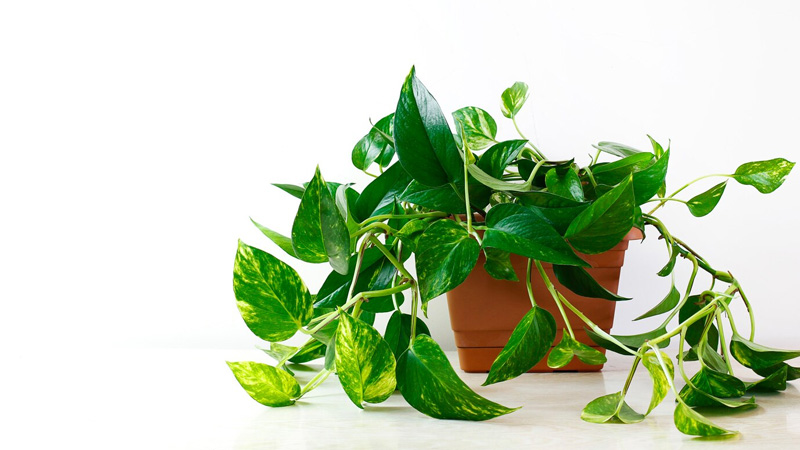 Large indoor plants that need zero sunlight
Large indoor plants that need zero sunlight